Belarus Tour Guide: Ideas for Your Trip!
What to see in Orsha: The city of monasteries, the college/prison and Korotkevich’s house
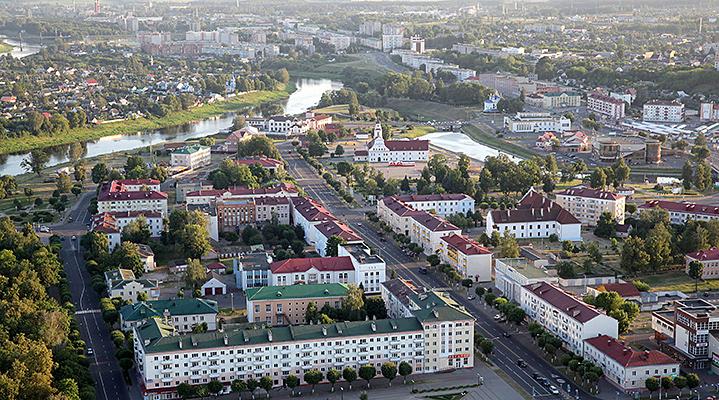
Dubbed as the eastern gate of Belarus, Orsha was first mentioned in The Tale of Bygone Years in 1067 under the name Rsha. Back then the Yaroslavich Triumvirate (the descendants of Yaroslav the Wise) invited Polotsk Prince Vseslav the Sorcerer and his sons for peace talks ‘to Rsha at Smolensk’. As soon as Vseslav crossed the Dnieper, he was treacherously captured, taken to Kiev and imprisoned…
The city got its name from Orshitsa, a tributary of the Dnieper. Scholars are still on the fence regarding the origins of the name of the river itself. Some believe that the word has Slavic roots. Others suggest Baltic and Finn-Ugrian origins.
The allied armies of the Grand Duchy of Lithuania and the Kingdom of Poland under the leadership of Grand Hetman Konstanty Ostrogski clashed with the Moscow army in a fierce battle in Krapivenskoye field near Orsha on 8 September 1514 during the Russo-Lithuanian War. The allied armies prevailed.
Almost a thousand-year history has left its mark on the city. There are monasteries of the Baroque era, a hill where a medieval castle once stood, temples built before the revolution ... Orsha is the hometown of Vladimir Korotkevich, one of the most renowned and beloved Belarusian writers.
Castle Hill
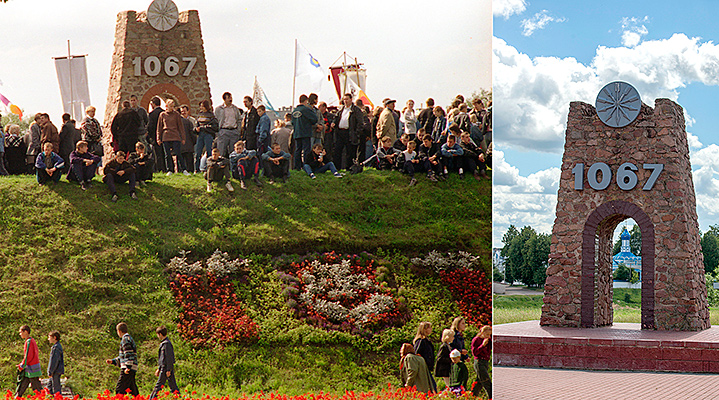
In the center of present-day Orsha, near the confluence of the Orshitsa and Dnieper rivers, there is a hill where a stone five-tower castle stood many years ago. Construction started at the time of Grand Duke Vitaut at the end of the 14th century. By the 16th century, the castle was only halfway ready and survived several sieges. During wars, the castle often changed hands.
At the end of the 17th century travelers to the city no longer mentioned the castle. After the Northern War, the city fortifications were never restored. Almost nothing has survived of the castle till our days. Throughout the 20th century, scholars looked for traces of the castle. In 2003 archaeologists discovered the remains of the castle foundation.
Castle Hill is a must see for visitors to the city. Now the site has a memorial sign to honor the founding of Orsha in 1067 and a slab with a mention of the former castle.
Like many castles, Orsha Castle has its own legend. It says that once its dungeons had an underground tunnel right under the river leading to the opposite bank of the Dnieper. The tunnel was big enough for a horse with an armed rider to ride through.
Where: Zamkovaya Street
Kutein Monastery
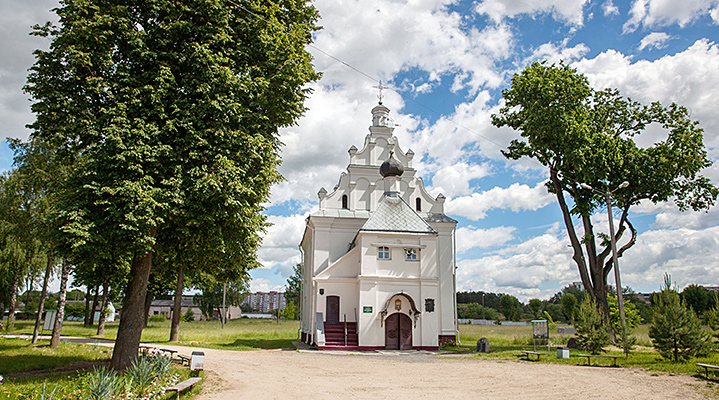
The 17th-century Orthodox monastery is located further from Castle Hill, along the Dnieper River. It got its name from the small Kuteinka River flowing nearby.
The permit to build the monastery was issued by Patriarch Theophanes III on 19 May 1620. The monastery was believed to be founded on 19 September 1623, when philanthropist Bogdan Stetkevich granted a deed of gift for the monastery.
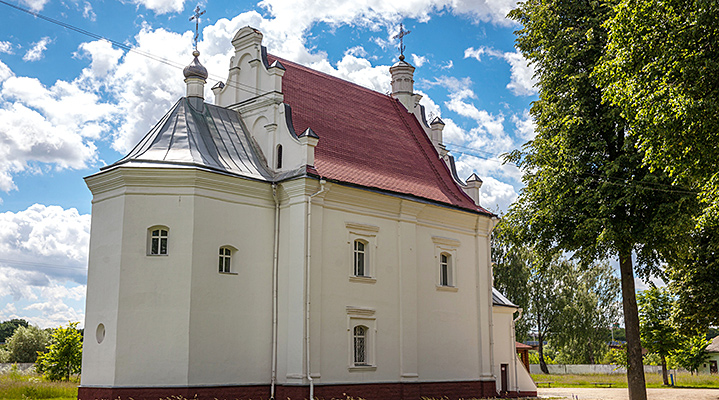
The lavra complex included the Epiphany Cathedral (1635), the Church of the Holy Spirit in the early Baroque style (since 1762 the Holy Trinity Church), a bell tower, various outbuildings and living quarters. The Holy Trinity Church has recently been restored.
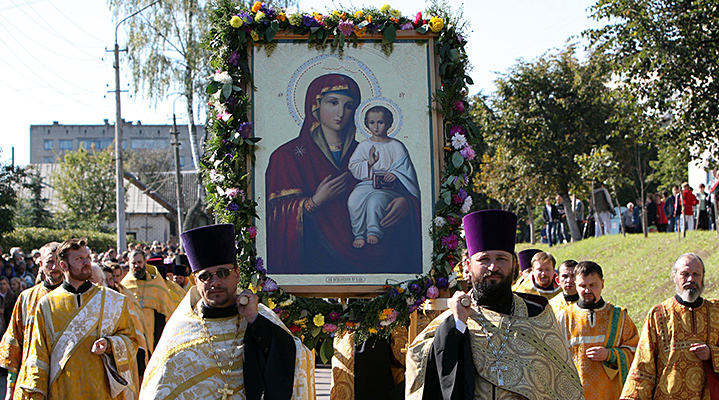
In 1631, the monastery miraculously acquired the icon of the Mother of God - the heavenly patron of Orsha. Unfortunately, the original image disappeared, and its whereabouts remain unknown. Several copies survived, one of which was kept in the Orsha Dormition Convent that was destroyed during the Soviet era.
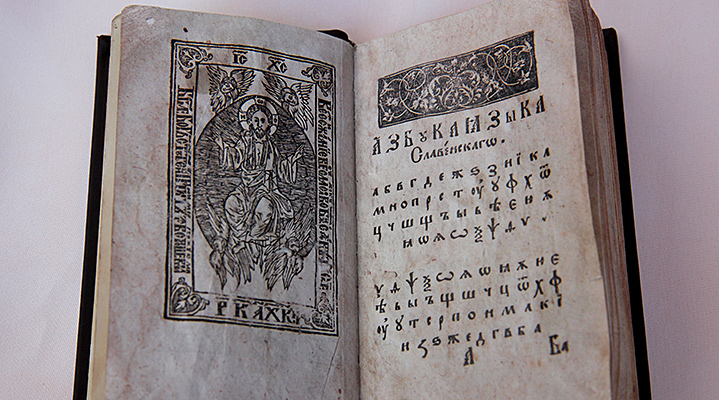
The first father superior of the monastery was Ioil. Back then, the lavra ran a printing house where book printer Spiridon Sobol published his famous Kutein Primer in 1631, the first book of this kind on Belarusian lands. Researchers believe that it was Sobol who came up with the idea to publish the world's first Primer.
Where: 79 Skaryna Street
Holy Dormition Convent
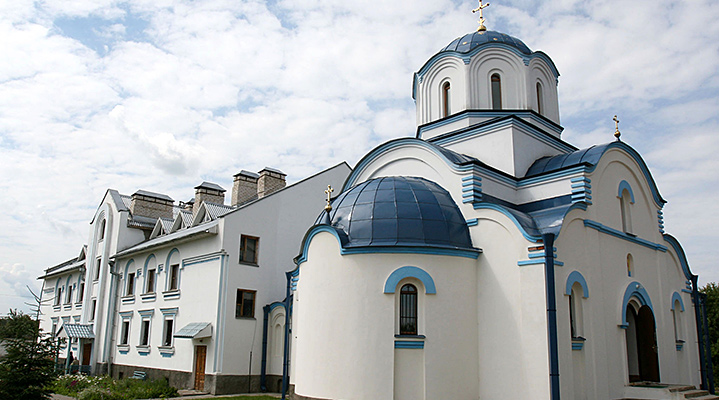
This Orthodox convent also stands on the banks of the Dnieper River not far from the Kutein Monastery. Its history began in 1631, when Princess Anna Oginskaya (mother of Bogdan Stetkevich) allocated a land plot to build the convent and granted part of her own land to this place of worship.
The complex consisted of wooden and stone churches, living quarters, outbuildings and a two-tiered bell tower.
A dormition cathedral was built of stone here in 1655. A brick church of the Nativity of the Blessed Virgin Mary was erected in 1655. However, it was destroyed along with the rest of the complex by the Soviet authorities in the mid-1950s.
In the 1920s, the convent was shut down, the places of worship turned into a warehouse and a smokehouse. The Dormition Cathedral re-opened during the Great Patriotic War. Later on high-rise buildings and a school were built on the place where the convent once stood.
For about two centuries, the convent kept a miraculous copy of the Kazan Mother of God.
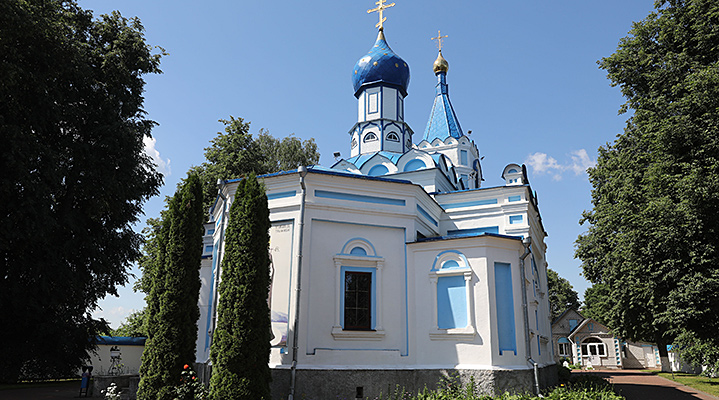
After convent was shut down, the nuns served at the Saint Ilya Church. The church was built in 1880 on the site of a 16th-century wooden church that was destroyed by a fire. The convent re-emerged in a new place in 1996. A two-story residential building was erected for nuns. The Dormition Church was built and consecrated in 2006.
Where: 1 Ilyinskaya Street
Jesuit College
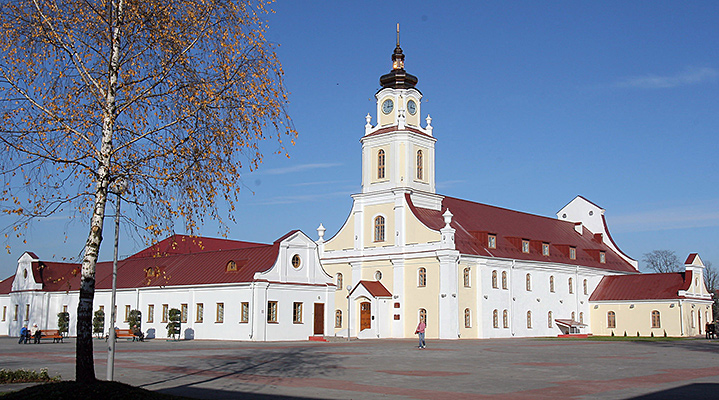
These Baroque complex is regarded the most famous landmark of Orsha.
In 1590, Leu Sapieha bought land on the bank of the Orshitsa River near a Calvinist church, to found a Jesuit residence. At that time there were no colleges for young people in Vitebsk Province. In 1609, King Sigismund III Vasa supported the decision to invite Jesuits to Orsha. He also donated the parish and lands to them. In 1616, after Pope Paul V approval, the residence became a college.
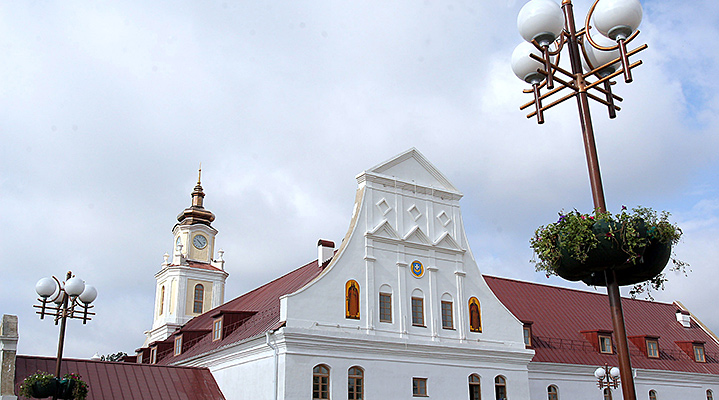
Originally all the buildings were wooden and did not survive a fire in 1680. They were rebuilt in stone and included a monastery, a college, a bursa, a library, outbuildings and an archive. The college comprised a school theater and a pharmacy, a Roman Catholic church. The monks of the Jesuit Order were also involved in gardening growing many plants, including medicinal herbs, in a glasshouse.
In 1820, Emperor Alexander I banned the Jesuit Order in the Russian Empire. Their property was confiscated. The school was handed over to the Dominicans. The college became a district school, and the church became the property of the Orthodox church. Later, in 1829, the Dominican school was closed. After 1831, the church was destroyed. For about ten years the complex was neglected, and in the 1840s it was handed over to the military department. Then the college fundamentally changed its purpose, becoming... a prison. The former Jesuit residence remained a correctional facility until the end of the 1980s.
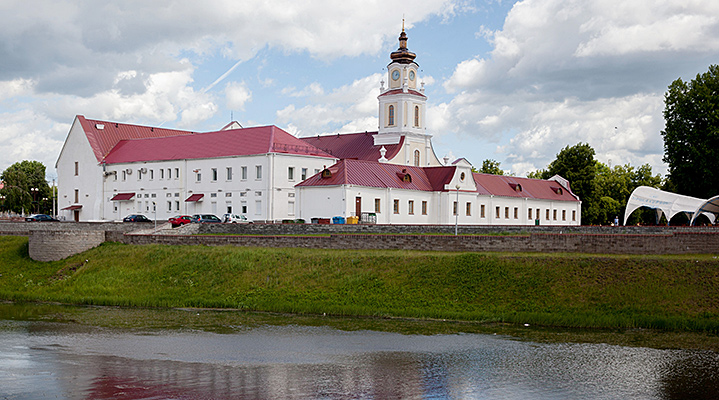
At the dawn of Belarus’ independence the decision was taken to restore the monument of Baroque architecture. The territory was cleared, and archaeological excavations were carried out. Some of the buildings, namely those on the bank of the Orshitsa River and the northern wing of the bursa, did not survive to the present day.
The large-scale reconstruction of the complex began in 2007-2008 and was completed in 2014. A 26-meter tower built over the college contains four clock faces that play different melodies every hour.
Today the former college houses a children's library, an art gallery, the local culture department and the House of Crafts.
Where: 6 Lenina Street
Town of monasteries
In addition to the Orthodox churches, Orsha was also home to several Catholic monasteries.
The Trinitarian monastery (21 Komsomolskaya Street), founded in 1714 by brothers Adam and Wladyslaw Sakowicz, was built in the Baroque style. It consisted of a brick church of the Holy Passion and living quarters for monks. Only the residential building survived, which now houses the archives and the civil registry office. In 1832, the church was turned into the Orthodox Resurrection cathedral. The church was used as an aero club in the 1930s, and was demolished in the 1950s.
The mid-18th-century Basilian monastery (12 Muzeiny Lane) was less lucky. It once had the Church of the Guardianship of the Mother of God. In 1842, the monastery was rededicated as the Orthodox Intercession Monastery. In 1967, the church was blown up. Only a half-ruined residential building has preserved from the complex till nowadays.
The remains of a former Franciscan monastery are also located in the vicinity (4 Dominikanskaya Street). The monastery was built in 1680 and featured St Anthony’s Church and monks’ houses. After the uprising in 1831, the monastery was closed. The church was damaged during the Great Patriotic War of 1941-1945 and completely demolished soon after. The residential building was given to homeless residents of the city. Nowadays, the building belongs to the Belarusian Orthodox Church.
The residential building of a Bernardine monastery (2 Komsomolskaya Street) is now home to a hospital. The Bernardine Order appeared in Orsha in 1630. The monastery with a church and houses for monks was built six years later. This monastery was also closed after the uprising in 1831. Not even an image of the church has survived.
Orsha was also home to a monastery of the Dominican Order. The only thing left of the monastery is St Joseph’s Church.
St Joseph’s Church
St Joseph’s Church is located in the center of Orsha, close to the Orshitsa River. Its design combines elements of Baroque and Classical architecture. The building is a basilica with three naves, a rectangular attic, and a rose window.
The first wooden church was built on this spot in 1649 as part of the complex of the Dominican monastery. The present-day stone church was erected there in 1780-1808. In 1845, the Dominican Order was banned in the Russian Empire, the monastery was closed, but the church continued working as a parish church.
The Soviet authorities decided not to destroy the building. They closed the church and gave the building to a local culture center. Only 50 years later, in 1989, the church was returned to the Catholic Church and renovated.
Where: 6 Sovetskaya Street
Watermill – ethnographic museum
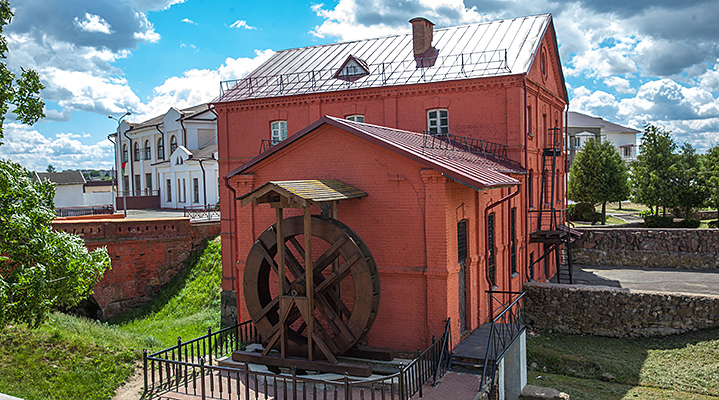
It is hard not to notice this building in the city center. The watermill was built from red brick on the bank of a manmade moat connecting the Orshitsa and the Dnieper in 1902.
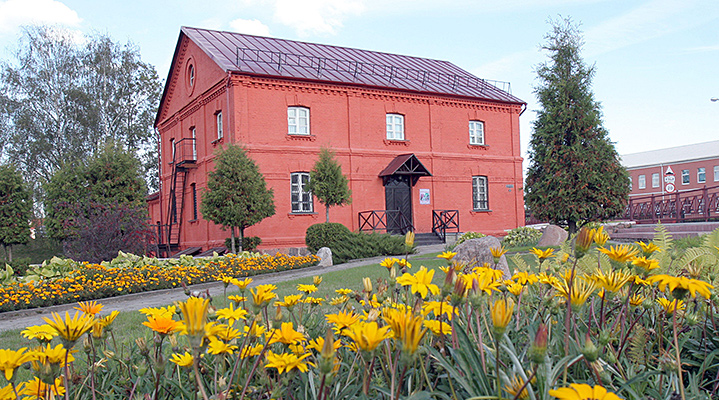
The watermill had served its direct purpose until the postwar years, as later it was powered by electricity. When people stopped using the mill, the building served as a warehouse.
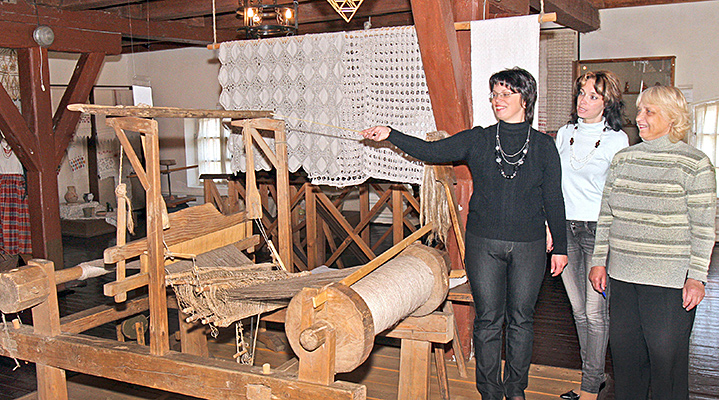
The new life of the watermill began in 1992, when it was given to the culture department. Since 1995, it has been home to the Orsha Ethnographic Museum with the laconic name Mill. Its exhibition introduces visitors to the daily life of previous generations of local residents. The building of the watermill itself is an architectural monument of the early 20th century.
Where: 2 Zamkovaya Street
Katyusha Memorial
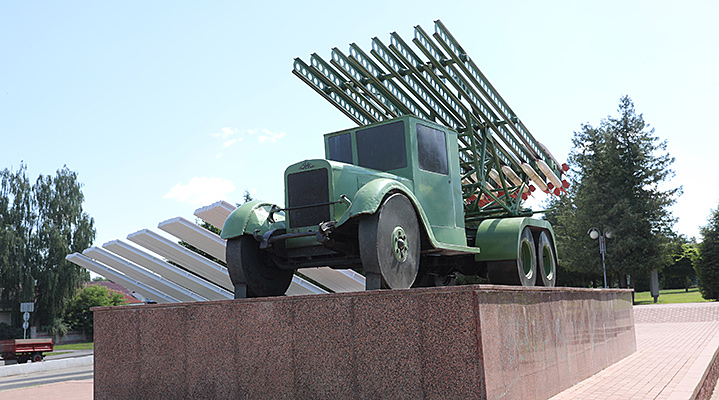
The memorial complex Katyusha is located on the bank of the Dnieper River. It is dedicated to a legendary event that happened during the Great Patriotic War of 1941-1945: a battery of multiple-launch rocket systems (MLRS) Katyusha fired its first combat barrage near the village of Pishchalovo, not far from Orsha on 14 July 1941.
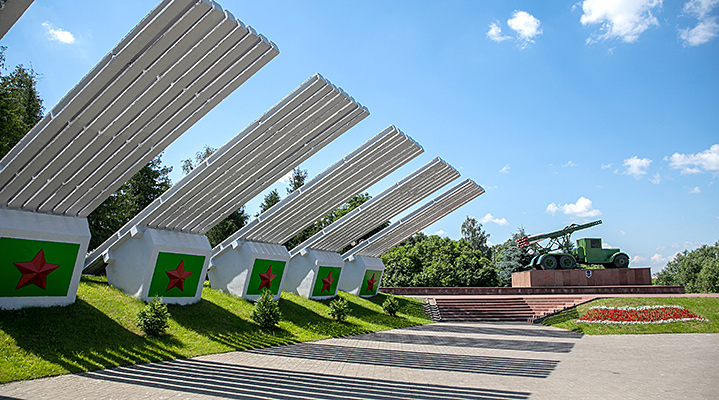
The memorial was built in 1966 in anticipation of the 25th anniversary of that event by a group of authors, which included the architects Leonid Levin, Yuri Gradov, and Valentin Zankovich.
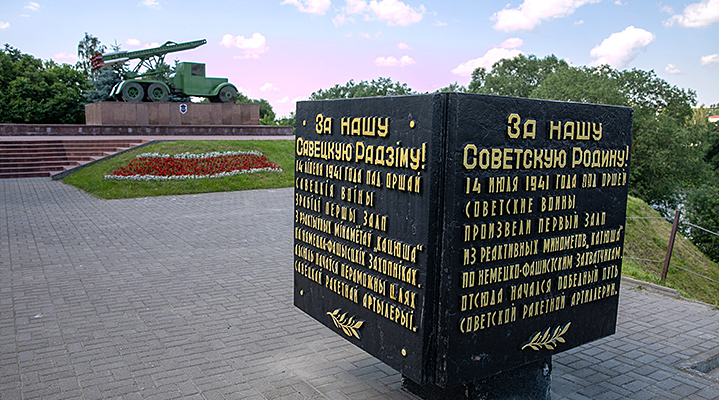
A model of the MLRS Katyusha stands on a pedestal in the center of the complex. The model was assembled using original parts of the vehicle and a genuine ZiS-6 truck. Eight-meter mortars made of concrete have been placed nearby. A black cube with an information plate stands at the entrance to the complex.
Where: Komsomolskaya Street
Vladimir Korotkevich Museum
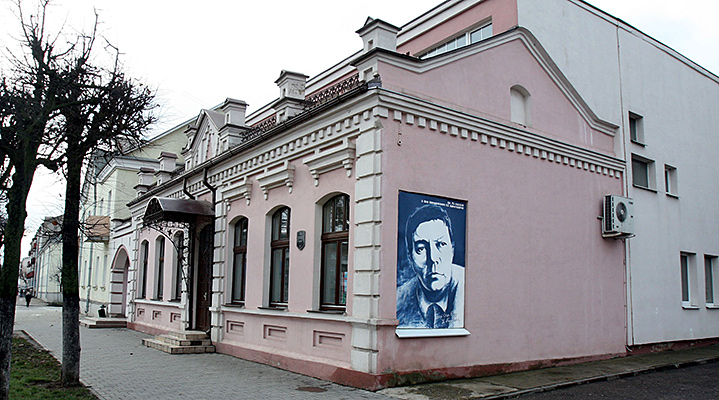
Orsha is the hometown of one of the most popular and favorite Belarusian writers – Vladimir Korotkevich. Naturally the city could not but immortalize the memory of its famous native. In 1994 the museum dedicated to famous locals opened a section dedicated to Vladimir Korotkevich. This section has grown into a full-fledged museum with two exhibition halls and a permanent exposition.
The museum displays documents, photos, and personal belongings and has recreated part of Vladimir Korotkevich’s study. Visitors can also hear records of the his voice, songs inspired by his poetry, and watch movies based on his screenplays.
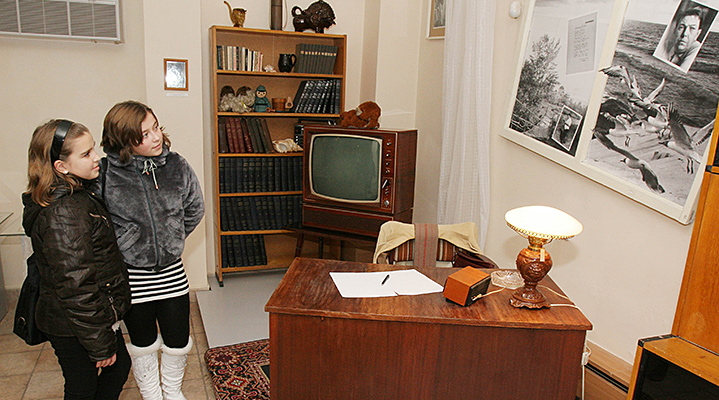
The museum’s building is remarkable as well. It is a specimen of the civil architecture of the late 19th – early 20th centuries. Since 1925 it was used as a maternity home where Vladimir Korotkevich was born on 26 November 1930.
In 2020 Belarus celebrated the 90th anniversary of the writer. Gifts were presented in his native city of Orsha. A mural in his honor was painted on the wall of the building located at 2 Jean-Paul Marat Street, which joins Korotkevicha Street. The mural is only several meters away from the museum. The Orsha artist Dmitry Tolkachev used Vladimir Korotkevich’s drawings and fragments of his manuscripts as his inspiration.
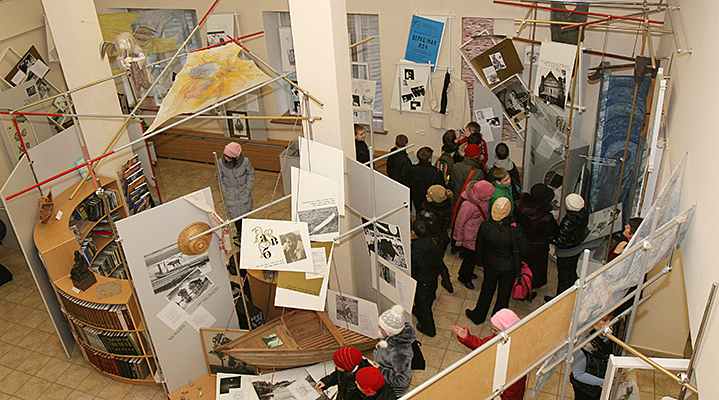
The house where Vladimir Korotkevich wrote his King Stakh's Wild Hunt has been bought by the philanthropist Andrei Balabin, who intends to have it restored and intends to build a new modern museum of the Belarusian classic nearby.
Where: 26 Lenina Street







 print version
print version make home page
make home page add to bookmarks
add to bookmarks
